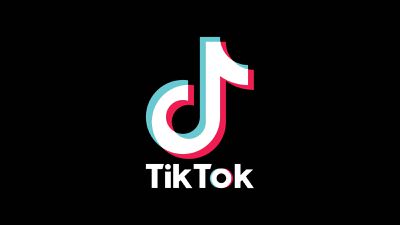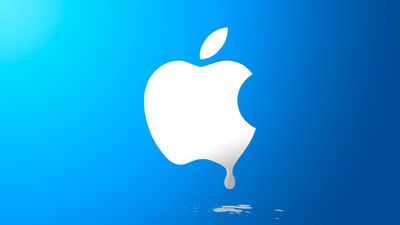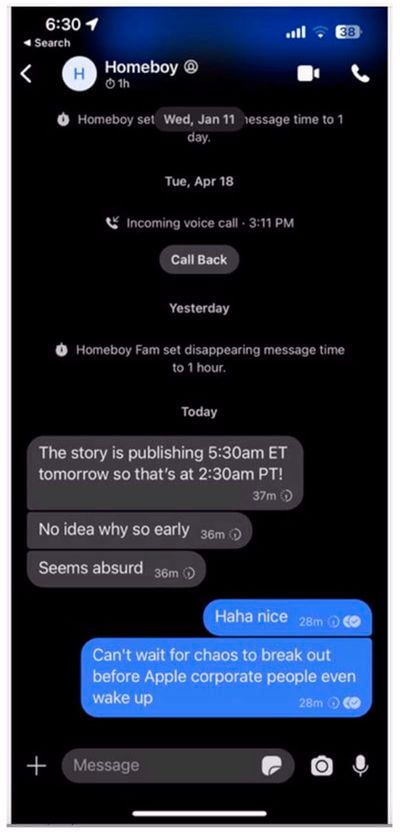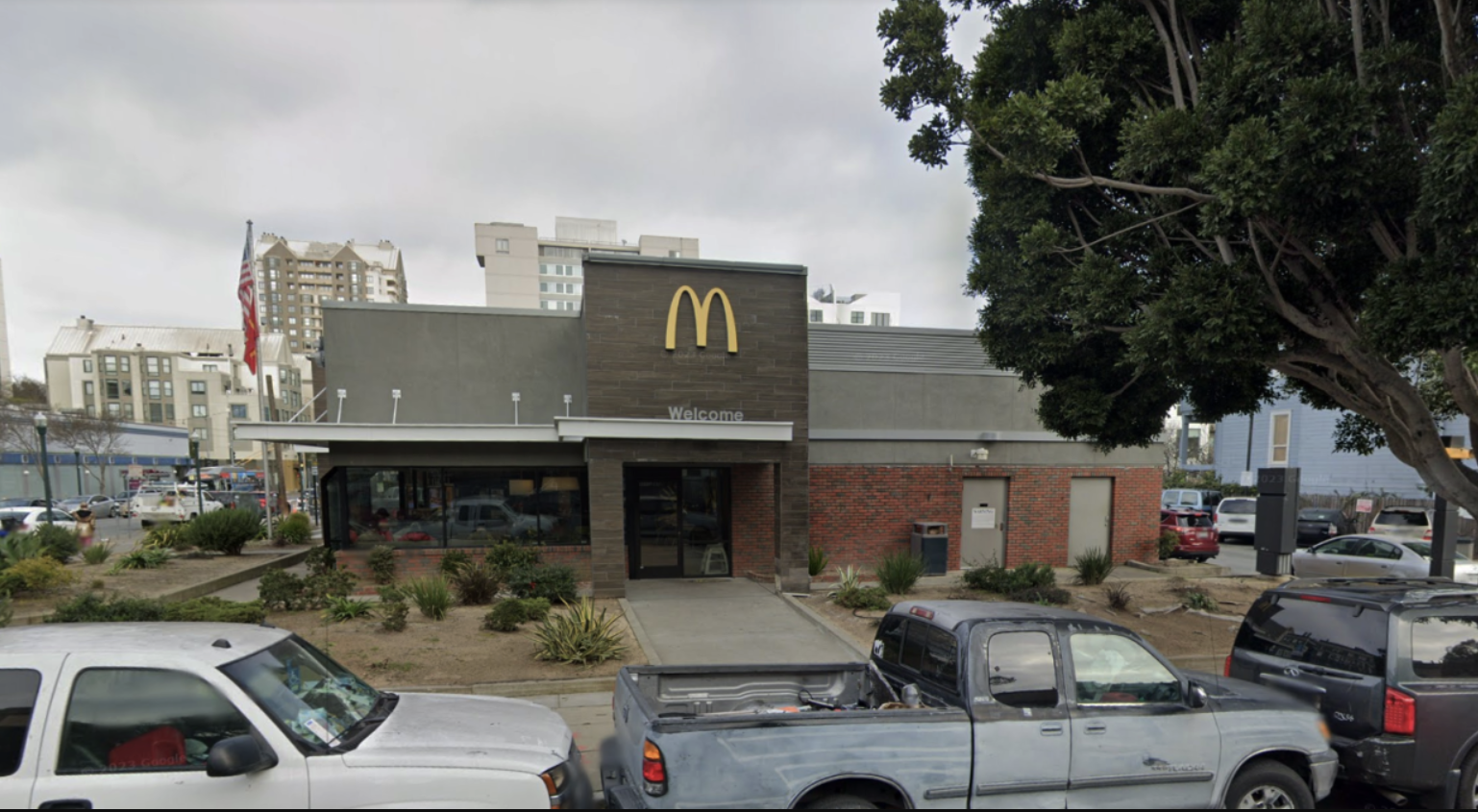[ad_1]
TikTok parent company ByteDance today filed a lawsuit against the U.S. government in an effort to put a stop to the bill requiring TikTok to be sold off to a non-Chinese company in a matter of months, or face a U.S. ban.

The Protecting Americans from Foreign Adversary Controlled Applications Act that passed in April requires ByteDance to divest its TikTok ownership within nine months, with the possibility of a three-month extension if a deal is in progress. If TikTok is not sold off, the bill will prevent app stores and companies in the U.S. from providing the TikTok app to users. As of now, TikTok will be forced to shut down on January 19, 2025.
ByteDance calls the act “obviously unconstitutional,” and says that there is no path for TikTok to continue operating in the United States. The 270-day timeline is “not possible,” and even if it were, the company claims that the act is still an “extraordinary and unconstitutional assertion of power.”
If upheld, it would allow the government to decide that a company may no longer own and publish the innovative and unique speech platform it created. If Congress can do this, it can circumvent the First Amendment by invoking national security and ordering the publisher of any individual newspaper or website to sell to avoid being shut down. And for TikTok, any such divestiture would disconnect Americans from the rest of the global community on a platform devoted to shared content — an outcome fundamentally at odds with the Constitution’s commitment to both free speech and individual liberty.
The lawsuit argues that the act violates the First Amendment, and it claims that “speculative and analytically flawed” concern over security and content manipulation is an insufficient reason for limiting the free speech of TikTok’s 170 million U.S. users.
ByteDance says that a U.S. TikTok platform would not be commercially viable because it would limit the pool of content, undermining “the value and viability of the U.S. TikTok business.” ByteDance also claims that it would be technologically impossible to give the TikTok source code to a new owner because it would take years for new engineers to become familiar enough with the code to perform routine maintenance, plus the code would need to be rearchitected not to use ByteDance’s software tools, which cannot be done in 270 days.
The Chinese government has said that it will “firmly oppose” any effort to sell TikTok to a U.S. company, and China would need to approve a sale. China has no intention of allowing the TikTok recommendation engine to be divested. ByteDance has already moved U.S. data to servers owned by Oracle, but U.S. lawmakers do not feel that is enough to protect users.
There are few U.S. companies that could afford to purchase TikTok, and the tech giants that could buy it would likely be restricted from doing so due to antitrust concerns.
ByteDance is asking the court to issue a declaratory judgment that the act violates the U.S. Constitution, preventing the U.S. Attorney General from enforcing it.
Note: Due to the political or social nature of the discussion regarding this topic, the discussion thread is located in our Political News forum. All forum members and site visitors are welcome to read and follow the thread, but posting is limited to forum members with at least 100 posts.
[ad_2]
Source Article Link






 March 17, 1988: Apple sues Microsoft for allegedly stealing 189 different elements of its Macintosh operating system to create Windows 2.0.
March 17, 1988: Apple sues Microsoft for allegedly stealing 189 different elements of its Macintosh operating system to create Windows 2.0.